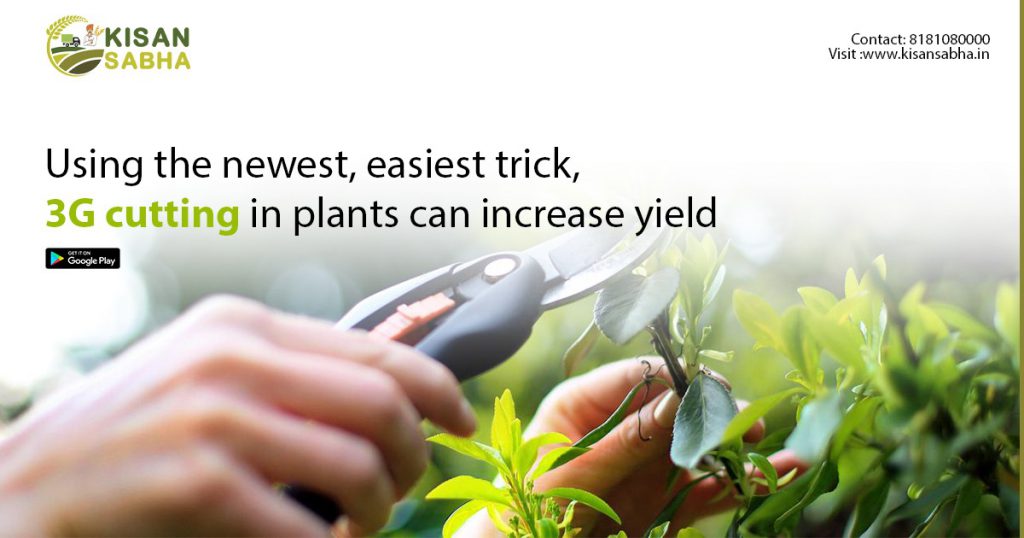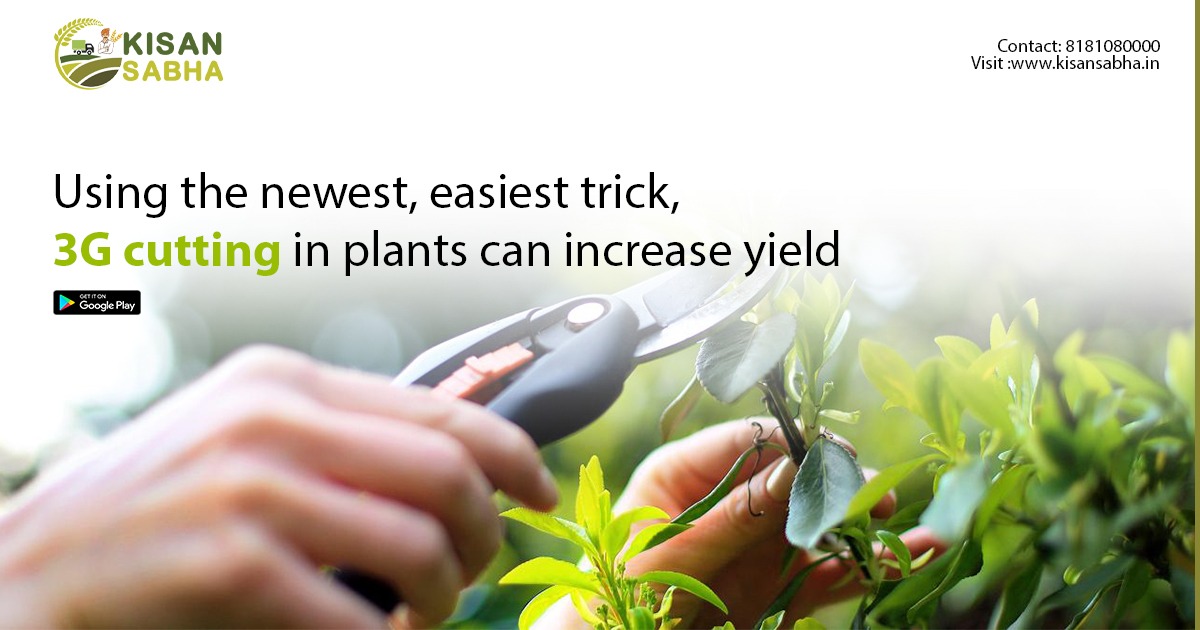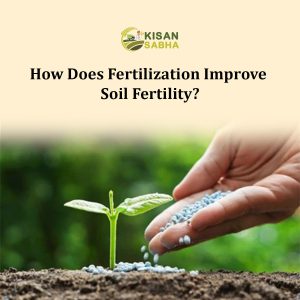The majority of us have heard the term “3G cutting” in relation to various agricultural methods, but relatively few of us are actually familiar with its definition and methodology. Because they are not using 3g cutting, they are ignorant of its advantages.
New Method for Increasing Production in Cucurbit Crops
The beneficial insects necessary for pollination are rapidly disappearing as a result of the careless application of chemical pesticides. As a result, Cucurbitaceae crops experience very poor pollination. Cucurbit encompasses a variety of fruits and vegetables such cucumber, sponge gourd, bottle gourd, bitter gourd, snake gourd, pumpkin, ridge gourd, and ash gourd. Low fruit set is a growing problem, and when it does occur, extremely little fruits emerge that degrade in the mother plant.
What is 3G Cutting?
The use of 3G cutting in agriculture can result in the highest productivity possible per unit of land area. To promote the growth of the third (tertiary) branch in any crop, excluding the first and second generation branches, is basically referred to as 3G. Only one main branch, designated as the first, continues to grow after the seed germination (First generation). If this initial branch produces a second branch, it’s considered a second branch (Second generation). Additionally, it’s referred to as third generation when this second generation branch produces another branch (Third generation).

Steps of 3G Cutting:
3G cutting is highly important inter-culture in growing cucurbits and has a very minor influence in tomato, which appears easy rather than being sensitive at field labour. Firstly, the main branch developing from the placed seed must be carefully monitored to ensure optimum growth.
• When the main branch reaches a height of about 7-8 feet (gourds) or 5-6 feet (cucumber & pumpkin), remove the developing point of the plant about 4-5 inches.
• Removing the apical section encourages the formation of secondary branches. This is due to the movement of photosynthesized food to the secondary branch.
• After the secondary generation branch has grown to a height of 2-3 feet, the upper apical part of this branch, like the previous one, should get removed. This will now encourage the establishment of tertiary or third generation branches.
• The third-generation branch should get the best possible nutrient fertilisation to flourish. As a result, the plant will produce many of female flowers that will bloom.
Objectives of 3G Cutting
Maintaining an appropriate ratio of male and female flowers in the plant is the fundamental objective of 3G cutting in order to maximise production
Keep these things in mind while cutting 3G
- Choose a plant that is at least 20 to 30 days old for 3G cuttings.
- At the time of cutting, the plants should be at least 60 cm tall.
- Verify that the plants are free of disease and pest infestation before taking cuttings.
- Farmers take 3G cuttings but leave other tiny branches that are sprouting from new branches alone. As a result, there are more branches than necessary, which prevents the fruits from receiving the right amount of nutrition. The fruit’s size thus stays tiny. Hence, when doing 3G pruning, remember that the plants shouldn’t have an excessive number of branches.
- The main branch’s apical section needs to get cut off after the plant is 7-8 feet tall.
3G cutting is a brand-new and creative method of interculture or cutting in cucurbit crops. In fact, from a business standpoint, this strategy is quite beneficial and valuable to farmers.
Visit www.kisansabha.in now!!





